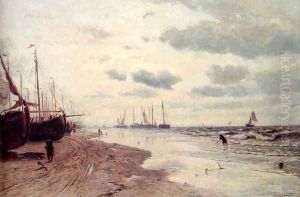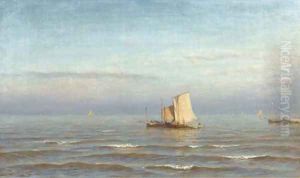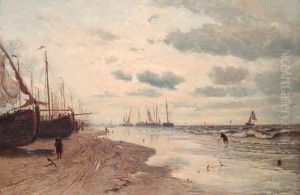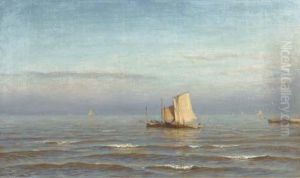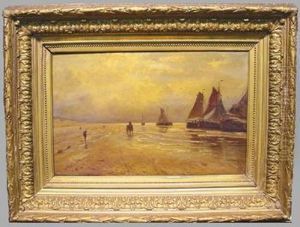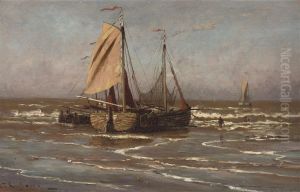Jan Theodore Kruseman Paintings
Jan Theodoor Kruseman was a Dutch painter born on September 11, 1805, in Haarlem, Netherlands. He was part of the 19th-century European art movement, specializing in portraits and historical subjects. Kruseman’s work is often characterized by its romantic style, with a keen focus on detail and color that brought his subjects to life. Coming from a family with artistic ties—his cousin Cornelis Kruseman was also a well-regarded painter—Jan Theodoor was immersed in the world of art from a young age.
Kruseman received his formal art education at the Royal Academy of Fine Arts in Amsterdam, where he was influenced by the neoclassical style prevalent at the time. However, as his career progressed, he began to develop a more distinctive style that leaned towards romanticism. This was evident in his portraits, which not only captured the physical likeness of his subjects but also their character and mood. Kruseman's talent was recognized early on, and he quickly established himself as a sought-after portraitist among the Dutch elite.
Beyond portraits, Kruseman also explored historical and religious themes, creating works that reflected his deep interest in history and his ability to convey narrative through painting. His technique and composition were admired by contemporaries and later generations alike, contributing to his lasting legacy in Dutch art. Despite his success, Kruseman's life was relatively short; he died on March 14, 1855, in Haarlem. Today, his works are preserved in various museums and collections in the Netherlands, serving as a testament to his skill and contribution to the Dutch Romantic movement.
